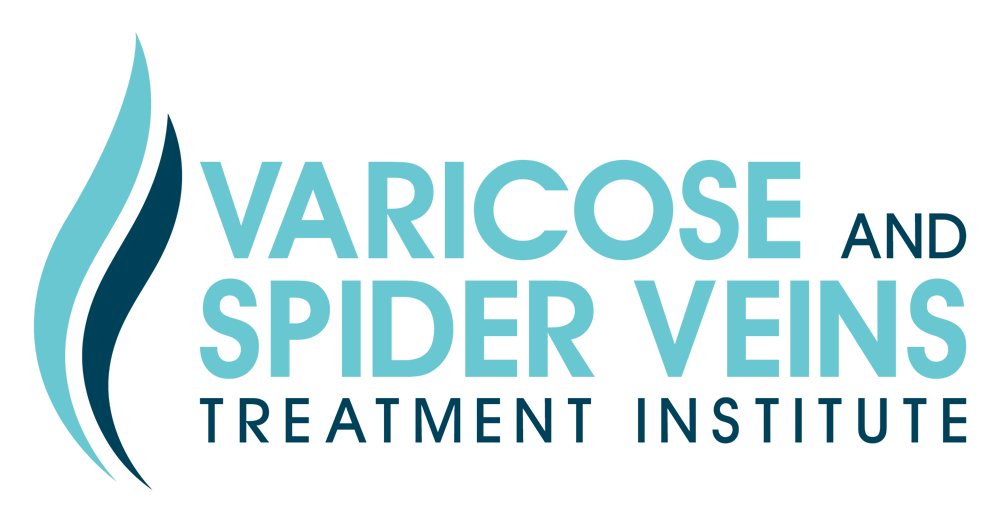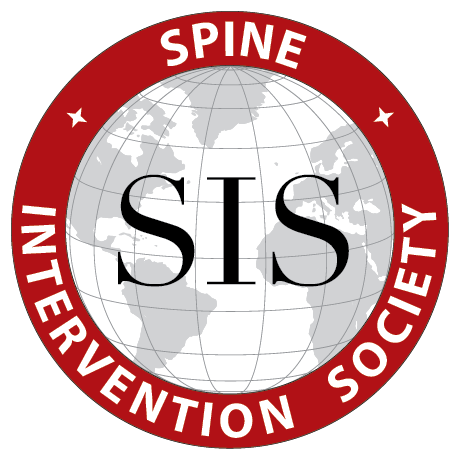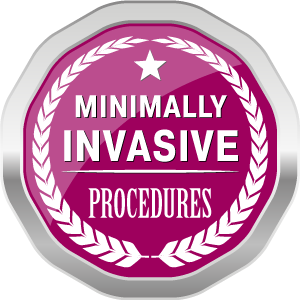Other Conditions
Leg Pain and Cramps
Leg pain can range from minor to severe and may arise for a variety of reasons. One common cause of leg pain and cramping is vein disease. If vein disease is the contributing to your leg pain, then determining the nature of your vein disease and selecting the proper treatment is the first step to overcoming your pain and restoring your normal functioning.
Leg Heaviness
The sense of leg heaviness can be disorienting and often points to vein disease. In the case that your legs feel heavy and also display spider veins or varicose veins, having your venous sufficiency evaluated is prudent. The specific reasons for your leg heaviness need to be identified in order to be corrected, and the right vein specialist can work with you to customize a treatment plan to help you overcome leg heaviness that results from vein disease.
Leg Swelling
There are a variety of reasons that leg swelling can occur, but the only way to safely and effectively reverse the swelling is to identify and address the underlying cause. Vein specialists can help determine the reason for leg swelling - also referred to as peripheral edema - in which fluid accumulates in your legs. They can then treat not only the swelling but also the root cause of that swelling.
Pelvic Venous Conditions
Pelvic venous conditions like pelvis congestion syndrome, which results from pelvic varicose veins, are common causes of pelvic pain in women. Because the symptoms of pelvic venous conditions can mimic the symptoms of other disorders, misidentification of the cause for pelvic pain can lead to unnecessary and potentially harmful medical interventions. Vein specialists, however, are skilled at diagnosing pelvic venous conditions and can develop a plan to treat the disease so that you can overcome your pelvic pain.
Restless Leg Syndrome
Restless leg syndrome is often indicative of venous insufficiency, particularly if it occurs in conjunction with visible veins. Though there are some drug, supplement, and lifestyle options to address the urge to move your legs or the discomfort you feel in your legs as a result of this syndrome, these interventions tend to be limited in their effectiveness. Vein specialists can offer other therapeutic options that may be superior in getting to the root of restless leg syndrome symptoms.
Venous Insufficiency
Chronic venous insufficiency occurs when circulation in the veins of the legs is dysfunctional. The condition can lead to noticeable veins, such as varicose veins or spider veins and can also result in non-cosmetic symptoms. These symptoms include pain, swelling, and itchy skin. Risk factors for venous insufficiency are sex and age. Women and those over 50 years old are more likely to develop venous insufficiency. There are lifestyle remedies that can help venous insufficiency as well as more formal treatments that a vein specialist can perform.
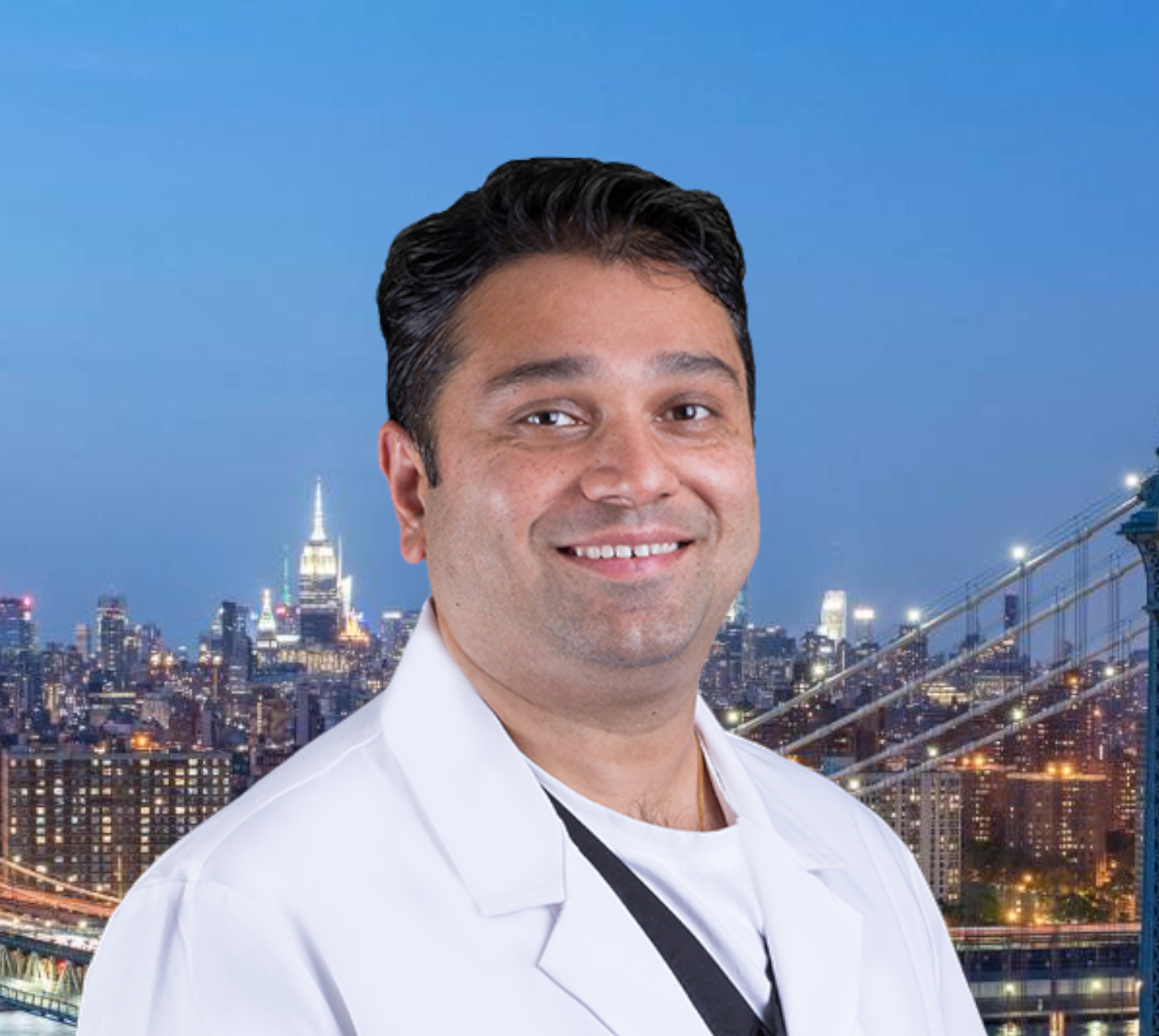
DR. AMIT POONIA M.D.
Your New Jersey Vein Specialist
Dr. Poonia is double board-certified in interventional pain management and anesthesiology.
Dr. Poonia’s philosophy is based on teamwork, cooperation, and collaboration among his patients’ treatment teams. He believes that healthcare providers work
best when they work together to accurately diagnose a patient’s problem, find effective treatments, and provide maximum rehabilitation and quality of life improvements.
Dr. Poonia customizes his treatment plans based on each patient’s unique characteristics. He employs the latest minimally-invasive technologies to enhance comfort during treatment and to speed recovery.
References
- Attaran RR. Latest Innovations in the Treatment of Venous Disease. J Clin Med. 2018;7(4). doi:10.3390/jcm7040077
- Davies AH. The Seriousness of Chronic Venous Disease: A Review of Real-World Evidence. Adv Ther. 2019;36(Suppl 1):5-12. doi:10.1007/s12325-019-0881-7
- Deatrick KB, Wakefield TW, Henke PK. Chronic venous insufficiency: current management of varicose vein disease. Am Surg. 2010;76(2):125-132.
- Durham JD, Machan L. Pelvic congestion syndrome. Semin Intervent Radiol. 2013;30(4):372-380. doi:10.1055/s-0033-1359731
- Gorman WP, Davis KR, Donnelly R. ABC of arterial and venous disease. Swollen lower limb-1: general assessment and deep vein thrombosis. BMJ. 2000;320(7247):1453-1456. doi:10.1136/bmj.320.7247.1453
- Guo S, Huang J, Jiang H, et al. Restless Legs Syndrome: From Pathophysiology to Clinical Diagnosis and Management. Front Aging Neurosci. 2017;9:171. doi:10.3389/fnagi.2017.00171
- Rezaie ES, Maas M, van der Horst CMAM. Episodes of extreme lower leg pain caused by intraosseous varicose veins. BMJ Case Rep. 2018;2018. doi:10.1136/bcr-2017-223986
- Tsukanov Cyrillic Y capital TE, Nicolaichuk A, Nicolaichuk T. Changes in trunk veins of the lower limbs in women with premenstrual leg heaviness and swelling. Int Angiol. 2019;38(2):102-107. doi:10.23736/S0392-9590.19.04084-7
- Young G. Leg cramps. BMJ Clin Evid. 2015;2015.
- Zolotukhin IA, Seliverstov EI, Shevtsov YN, et al. Prevalence and Risk Factors for Chronic Venous Disease in the General Russian Population. Eur J Vasc Endovasc Surg. 2017;54(6):752-758. doi:10.1016/j.ejvs.2017.08.033
